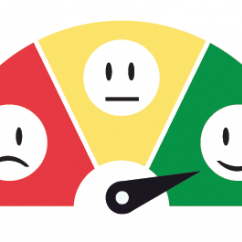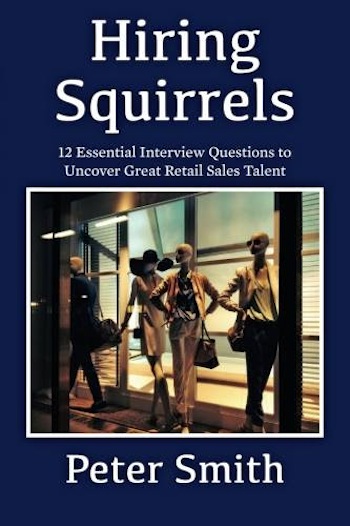Sales Strategy
The Customer Experience | July 23, 2015 (1 comment)

Boston, MA—I took my kids to the mall some time ago to have lunch and grab a couple of things. We had to pick up a phone charger at the Apple store for my son, Killian, and yours truly needed a new pillow, as my wife swears that I gifted her the wonderful solid, flat pillow that was, up to that point, serving me beautifully.
Walking into the Apple store, we were struck—as usual—by the well-lit and energy-filled environment, well staffed with the logo-attired and readily accessible salespeople (or whatever Apple calls them.) Killian walked off and grabbed himself the charger and, after the salesperson pointed out the fact that he had inadvertently selected the shorter cord, he himself hurried off to the display at the back of the store and swapped it out for the correct length. He then quickly swiped my credit card on his hand-held device and we were on our way. We were in and out of the store in about 90 seconds and the experience couldn’t have been any easier.
Our next port of call was Sears. It seemed like the most obvious place to find the needed (yes, needed...have you ever tried to sleep on a big fluffy, head-enveloping mass of material and stuff?) pillow and so our merry group strode confidently and with purpose to Sears . There was me, needing to replace the ‘gift to my wife’ and the kids needing to be done with shopping and hit Johnny Rockets for lunch.
Once we entered Sears, our purposeful striding soon descended into a challenging scouting-mission, with each of us looking alternately for an area of the store that might look like it would have pillows, and/or someone who might direct us to said location. Long before we found a salesperson, we eventually found our way to the pillows and I was able to find what I needed.
But the adventure—if you could call it that—continued. We now had to find somewhere to pay for the pillow. We walked and walked, finding some stations that appeared to be POS areas but which had no uniformed Sears staff. Eventually, we found a place to pay for the pillow and we joined the long line of customers who had, like us, found the Promised Land.
We took our place behind the other lost souls and I couldn’t help but notice the different emotions between the customers and the employees. Our collective agitation and the complete indifference of the two Sears employees behind the counter couldn’t have been more contrasting. There was no energy, no efficiency, and any modicum of civility was deeply submerged in their complete lack of engagement with us or with each other.
After an interminable wait, I was number two in line when I heard the one of the employees demanding of the customer in front of me, “Why are you returning this?” The question itself was not unreasonable: the employee surely had to account for the reason in their point-of-sale system. The customer may have changed her mind, the product might have been defective, and so forth. The tone, however, is what I noticed. It was accusatory and agitated.
We paid for the pillow and walked off together to get lunch and the kids and I talked about our two shopping experiences. As young teenagers, they would have no inkling of Sears’ history as one of the great merchants and retailers. They wouldn’t have heard of the Sears catalogue and they wouldn’t understand the concept, as had been the experience of previous generations, of almost defaulting to Sears for linens, for clothes, for televisions and phones, for washing machines and even for tires. All they know is that Apple got them in and out with what they needed quickly and efficiently and that the Sears experience was no fun at all.
Our experience echoed what Dixon, Toman and Delsi wrote The Effortless Experience, “We love the Apple Store – but not for the reasons you might think. Sure, it’s open and airy, sleek and cool, filled with enough technological wizardry to occupy even the most shopping-averse person for hours. But we’d argue that one of the keys to the Apple Store’s success – why they’ve been able to bring in more revenue per square foot than any other retailer on earth – is because Apple has focused ruthlessly on making its in-store experience a low-effort experience.”
Our Apple experience could not have been any more “low-effort” and our Sears experience was a stark reminder of the vast chasm that exists between retailers who ‘get it’ and those retailers who don’t.

Peter Smith, the author of Hiring Squirrels: 12 Essential Interview Questions To Uncover Great Retail Sales Talent, has spent more than 30 years building sales-teams at retail and at wholesale. A graduate of Boston College and the Harvard Key- Executive Program, Peter has served on the Advisory Board of Caliper’s Global Conference. He is also a regular columnist for National Jeweler and the Centurion Sales Newsletter, where he writes about sales, personnel and management issues pertaining to Independent Retail Jewelers. Smith has previously worked with companies such as Tiffany & Co., Montblanc and Hearts On Fire and he was recently appointed as president of Vibhor Gems.
Smith’s Hiring Squirrels is available in print or Kindle digital edition on Amazon.com.
Top image: customerforlife.com







